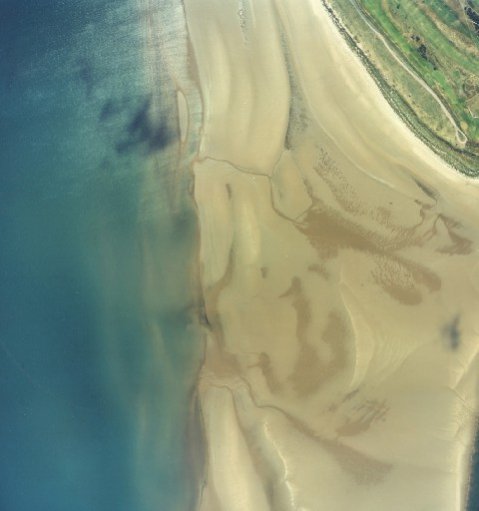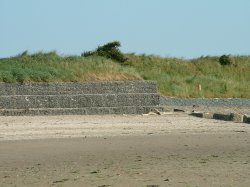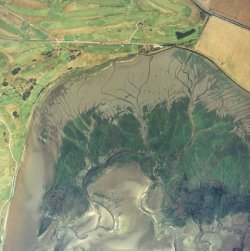The future of the Eden Estuary

A team of St Andrews researchers is to play a key role in the conservation of the Eden Estuary, addressing problems of coastal erosion and habitat maintenance.
Consultations have begun in order to determine the best course of action for the local Eden Estuary – an important site for flora and fauna.
Currently, the estuary supports feeding waterfowl and migrating birds, a nationally important breeding colony of common seals (Phoca vitulina), an extensive dune system and areas of increasingly threatened salt-marsh.
 Although engineering structures have already been put in place around the estuary in order to protect places of high economic value such as the Links Trust golf courses, Guardbridge Papermill and the runway of RAF Leuchars, these defences are unlikely to be able to withstand further erosive forces from the sea without further maintenance.
Although engineering structures have already been put in place around the estuary in order to protect places of high economic value such as the Links Trust golf courses, Guardbridge Papermill and the runway of RAF Leuchars, these defences are unlikely to be able to withstand further erosive forces from the sea without further maintenance.
The St Andrews’ researchers, based in the Sediment Ecology Research Group: Environmental Services (SERG:ES) unit at the Gatty Marine Laboratory, have become involved with the Advisory Group of the Eden Estuary Local Nature Reserve (EELNR).
Dr Emma Defew, Projects Officer for the SERG:ES unit, explained, “The management of the EELNR has for many years set out objectives to address problems of coastal erosion and habitat maintenance, and has now started to look in depth at the future management of the Estuary.
“Possible management options to be considered include building further sea walls, beach nourishment (addition of sand), building artificial dune systems, constructing breakwaters, planting more saltmarsh to buffer against the erosive tidal forces, and allowing low-lying land to become inundated by tidal waters in a process called Managed Realignment.”
However, before any decisions are made about the best course of action within the Eden system, a descriptive feasibility study needs to be completed. This study will review the current ecological status of the Estuary, describe future climatic and management scenarios, and consider the ecological and economic cost of the various management options. At a later date, this study may also be able to take advantage of European funding. 
The EELNR Advisory Group and SERG:ES wish to begin an open and inclusive dialogue about the implications of the current issues facing the estuary and to explore the range of options available to protect the functioning of the estuary and its surrounding stakeholders.
Future meeting are planned and will be advertised but anyone interested can put forward views or suggestions by contacting the team at SERG:ES.
The EELNR includes Fife Coast & Countryside Trust, Scottish Natural Heritage, The Links Trust, Fife Council, Scottish Environmental Protection Agency, Curtis Fine Papers, and RAF Leuchars.
ENDS
NOTE TO EDITORS:
Dr Emma Defew is available on 01334 463470 or email [email protected]
NOTE TO PICTURE EDITORS:
IMAGES ARE AVAILABLE FROM THE PRESS OFFICE – CONTACTS BELOW.
Issued by the Press Office, University of St Andrews
Contact Fiona Armstrong, Press Officer on 01334 462530 / 462529, 07730 415015 or email [email protected]
Ref: Eden Estuary 110708
View the latest University press releases at www.st-andrews.ac.uk
Category Research